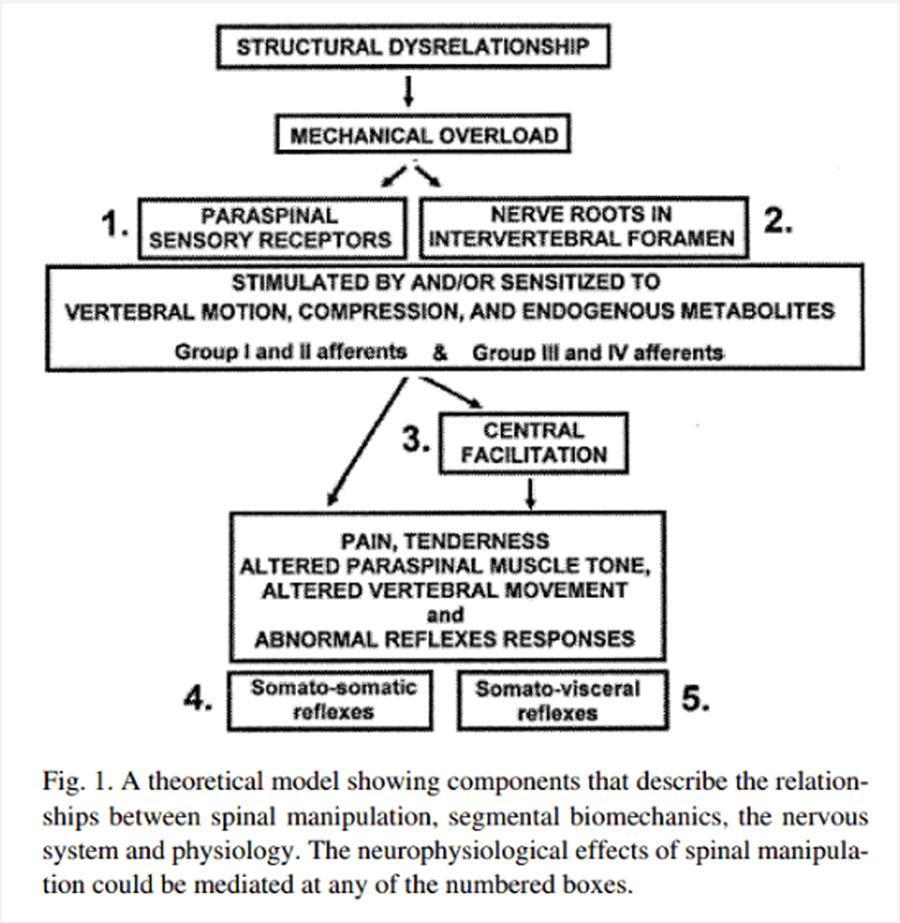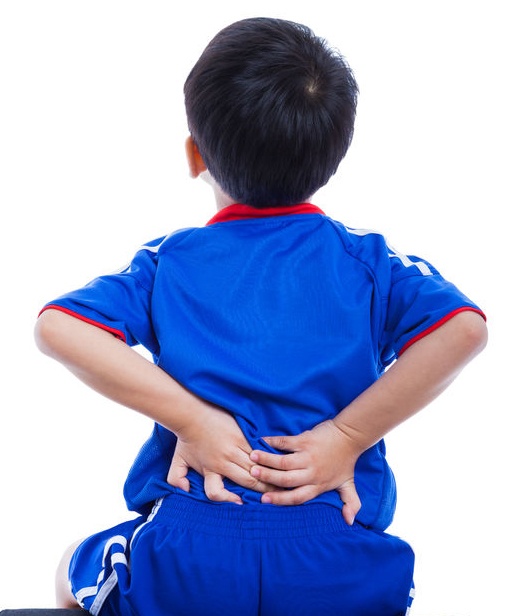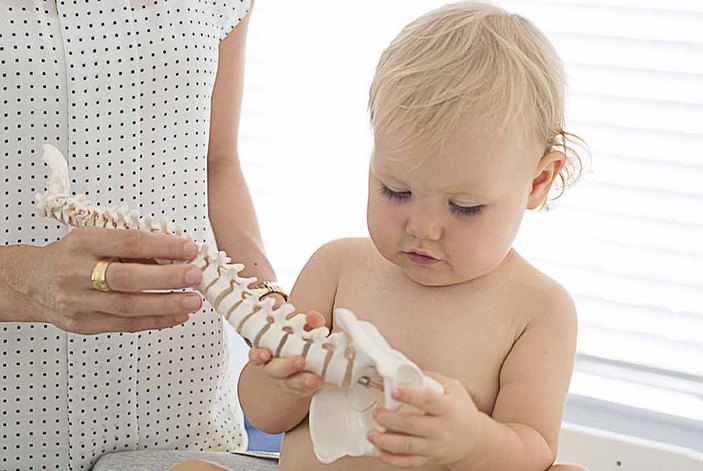Clinical Course of Spinal Pain in Adolescents: A Feasibility Study in a Chiropractic Setting
Clinical Course of Spinal Pain in Adolescents: A Feasibility Study in a Chiropractic Setting
SOURCE: BMJ Open 2025 (Jan 30); 15 (1): e088834
Laura RC Montgomery • Steven J Kamper • Anika Young • Amber Beynon • Katherine A Pohlman • Lise Hestbæk • Mark J Hancock • Simon D French • Christopher G Maher • Michael S Swain
Faculty of Medicine and Health,
The University of Sydney,
Sydney, New South Wales, Australia
Design: Prospective feasibility study.
Objectives: To inform the design and conduct of a large-scale clinical cohort study investigating adolescents with moderate-to-severe spinal pain.
Setting: Chiropractic care in Sydney, Australia.
Participants: Adolescents aged 12-17 years with spinal pain (≥4/10 pain intensity score).
Methods: Adolescents and chiropractors completed baseline and week-12 follow-up questionnaires, with adolescents reporting pain intensity and recovery weekly via text messages during weeks 1-11. Questionnaire measures included spinal pain, pain coping, quality of life, physical activity, clinical assessment findings and care delivered. Chiropractors provided usual clinical care. We conducted a descriptive feasibility analysis.
Primary outcomes: (1) Recruitment rate, (2) response rate to each data collection instrument and (3) retention rate.
Results: From May 2021 to February 2023, 20 chiropractors from 10 clinics were enrolled (invited n=85). 10 chiropractors recruited 45 adolescents (15.4±1.4 years, 43% female) over 13.5 months, excluding an 8-month pause due to COVID-19 disruptions. The average recruitment rate was 0.6 adolescents/recruiting chiropractor/month. We achieved a 100% response to chiropractor baseline and follow-up questionnaires, 98% to adolescent baseline, 94% average response to combined weekly text messages and 93% retention of adolescents at study completion.
Conclusions: Our high response and retention rates demonstrate feasible data collection methods in this population. Addressing low recruitment by expanding the number and type of clinicians is necessary for a successful larger study.
Keywords: Adolescent; Back pain; Prognosis.
|
STRENGTHS AND LIMITATIONS OF THIS STUDY.
|





